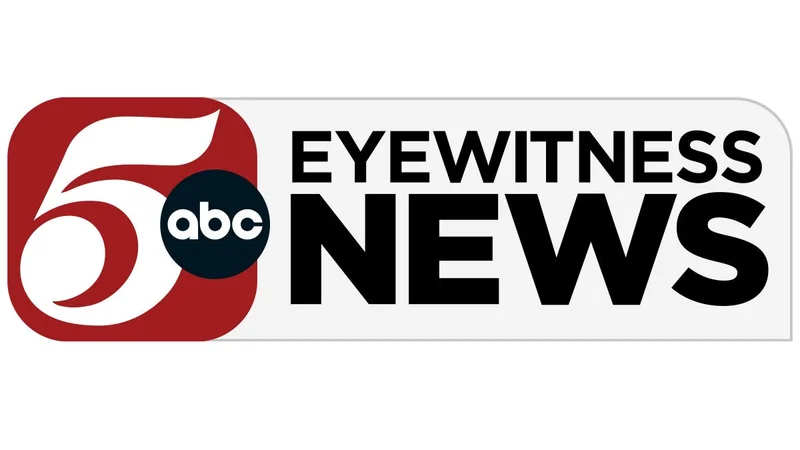Snow, Taxes, and a Side of Reality: Minnesota's Week Ahead
The news cycle never sleeps, and Minnesota is serving up a fresh plate of data this week. We're looking at a potential dusting of snow, a hefty property tax hike, and a local charity getting some well-deserved airtime. Let's dive into the numbers and see what they really tell us.
First, the weather. Meteorologist Matt Serwe at kstp news is calling for the season’s first measurable snow in the Twin Cities. (Note the careful hedging: "Do not expect much snow.") The forecast suggests a slushy situation, primarily south of 494. Under an inch is possible, with maybe two inches further south, stretching from Redwood Falls to Rochester. Serwe anticipates that roads should mainly be wet in the Twin Cities. Rain and snow are possible Monday night, Tuesday
The key factor, as always, is temperature. Serwe notes that a single degree separates rain from snow. One degree. Think about that for a second. Our entire winter driving experience hinges on a margin so thin it’s practically nonexistent. It’s a chaotic system masked by the illusion of predictability. How much does that one degree of temperature affect the number of accidents? Do insurance companies factor it into their rate calculations?
Then comes the taxman. Preliminary property tax levies across Minnesota point to a potential $950 million increase next year – a 6.9% jump from 2025. That's a statewide average, of course. Some counties will feel the pinch more than others. Counties are projected to collect $4.54 billion in property taxes, an 8.1% increase from 2025. Cities are looking at an 8.7% increase, totaling over $4 billion. Minnesotans could face $950M in property tax increases in 2026
Now, here's where the narrative gets interesting. The Minnesota Department of Revenue is quick to point out that these are preliminary rates. Last year, levies decreased by $63 million from the initial proposals. But even with that decrease, we’re still looking at a substantial increase. And this is the part of the report that I find genuinely puzzling. The article mentions that voters approved 60 of 96 school funding requests on Election Day. That’s a 62.5% approval rate. Why is the approval rate so high, even when people know their taxes are going up? Is it a genuine belief in the value of education, or is it simply easier to say "yes" than to wade through the complexities of school finance?

It's also crucial to remember that these figures don't include the impact of those school referendums. So, the $950 million figure is likely an underestimate. Always read the footnotes, people. Always.
kstp tv highlighted Every Meal, a local nonprofit, as part of their "Why We Give" series. It's good to see local organizations getting some love, especially during the holiday season. But let's be honest, these feel-good segments often gloss over the underlying issues. While charity is commendable, it's a band-aid on a much larger problem of food insecurity. How effective are these charitable donations when compared to systemic changes in economic policy?
Murder and Sentences
Shifting gears, we have the sentencing of Darnail Arnez LaBrec, an 18-year-old convicted of second-degree murder in Minneapolis. He received nearly 14 years (165 months, to be exact) for his crime. This is a grim reminder of the realities on the ground, far removed from weather forecasts and tax debates.
The details of the case are disturbing: a shooting during a robbery attempt, prepackaged marijuana found in the car, and surveillance footage capturing the act. LaBrec’s accomplice, Jayce Nasir Cuff, received an even longer sentence: over 16 years (195 months).
Here's the stark data point: LaBrec was 17 at the time of the murder but was certified as an adult for the trial. This raises a difficult question: At what point does a juvenile offender become fully responsible for their actions? The legal system draws a line, but the reality is far more nuanced. What are the long-term societal costs of incarcerating young offenders versus investing in preventative programs?
The Forecast? More of the Same.
So, what's the big picture? A dusting of snow, a tax hike, a good cause highlighted, and a tragic crime. It’s a typical week in Minnesota, which is to say, a week full of numbers that only tell part of the story. The real story lies in the questions those numbers provoke.
